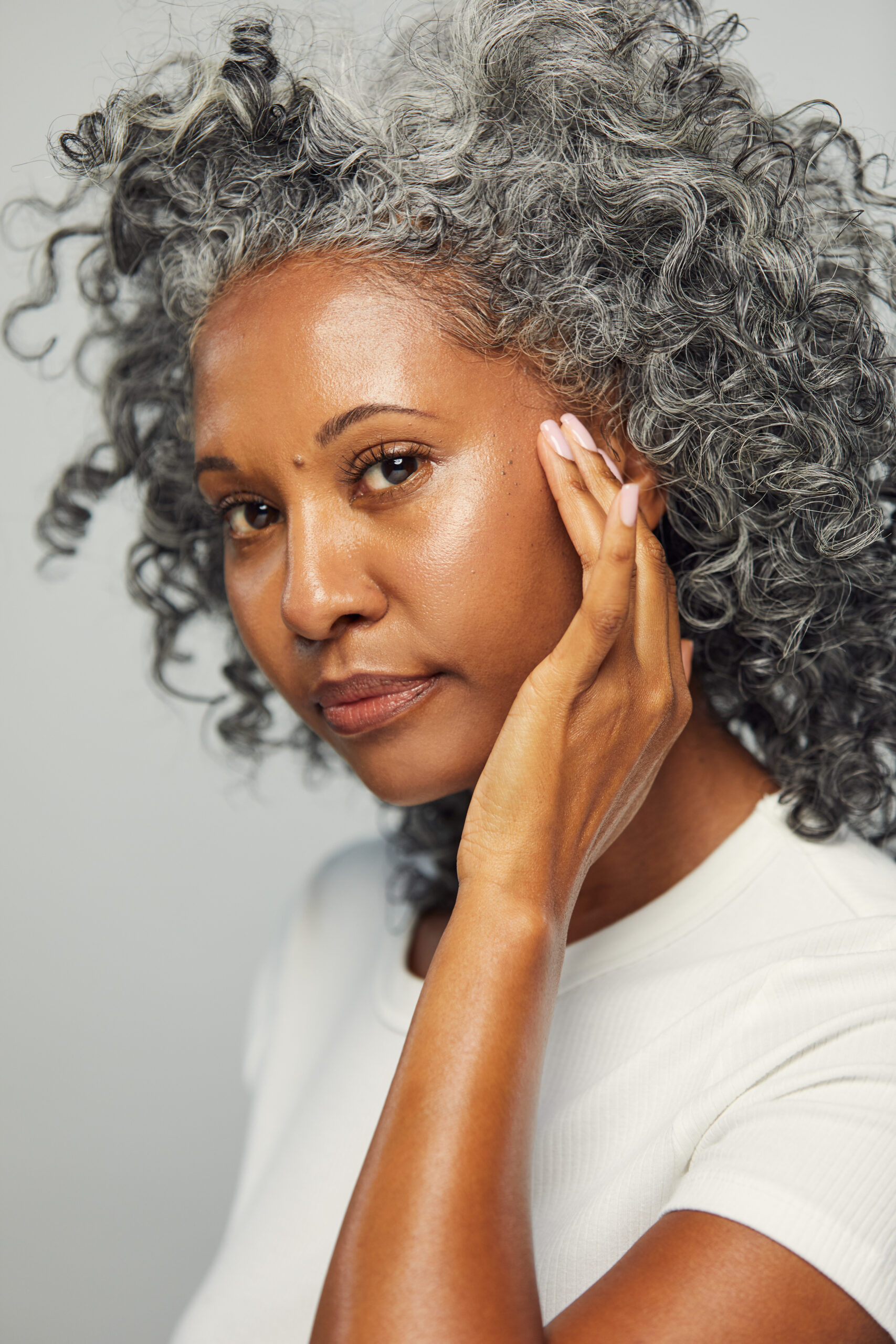
Ah, the things we do for beauty. And in the case of body waxing, what we remove for beauty is another story. With its increase in popularity with clients, and profitability with skin therapists, Brazilian Waxing is a highly-requested service.
Hair removal is not something new for women or men, and regardless of whether it’s a bikini wax or a Brazilian wax, both have had a long history. Research has shown evidence of pubic hair removal all the way back to 4000 to 3000 BC in ancient India, while Western women made it more common in 1945 when bathing suits became more abbreviated. Brazilian waxing is said to have become famous when it was introduced into the United States by the J. Sisters in 1987 at their Manhattan, New York salon.
So why do clients request this below-the-belt beauty trend? Whether it’s for swim suit season, cleanliness, convenience or as an alternative to shaving, each client’s reason will vary as well as the amount of hair removal requested. A Brazilian wax by any other name, however, is not always the same. Many salons and spas have varying names for their bikini waxing services. Some examples are the American Wax, a simple basic bikini wax; French Wax, which leaves a thin vertical strip in the front; and the Sphinx or the Hollywood, which involves complete hair removal from front to back.
As a senior instructor and skin therapist, I have worked with many professionals of all waxing levels in the industry. Waxing in general can invoke both intrigue about the service and anxiety about the results. Whether you are a seasoned skin therapist with waxing experience or a new therapist who may be intimidated by this intimate service, the focus remains the same for every client – care, confidence and customer service.
Care
Taking care of your client before, during and after a waxing service is one of the main reasons for client loyalty. The consultation card is vitally important and should be completed and checked every time a client has a treatment. There are contraindications to waxing such as inflammation, infected skin, systemic diseases, diabetes and oral medications like Isotretinoin. When in doubt, do not wax.
Consult with your clients about their level of pain threshold, personal comfort, and of course, what to expect during the Brazilian wax. Check with the client on how much hair is being removed. Are they going bare or just barely there? I also recommend discussing the positions for the service. This ensures the client is not surprised when asked to hold the skin taut or to move into a pose for better access to the buttock region. Prep the skin first with a soothing, antibacterial solution which is ideal for cleansing and sanitizing. Ingredients such as Tea Tree Oil and Salicylic Acid, Licorice and Panthenol are perfect for providing naturally-antiseptic soothing actions on the skin. Avoid alcohol-based products that can pre-sensitize the skin.
Before application, test the wax consistency and temperature on the inside of your wrist and the client’s. What feels mildly warm to you may feel hot to the client. Check in periodically with the client during the service about her comfort and levels of heat sensitivity, as that can change during the service. After waxing, products are needed to calm, soothe and hydrate the delicate skin tissue. Ingredients should be water-soluble versus oil-based as to not trap heat into the skin. Aloe Leaf Juice, Bisabolol, Oat Kernel (Avena Sativa) Extract, and Red Hogweed can quickly alleviate sensitivity, and calm redness and irritation.
Confidence
With Brazilian waxing, clients want to be sure that their most delicate area is in the hands of a professional. Training is key to waxing success and client satisfaction as well as technique and touch. Be sure to know how to use your wax confidently in both application and removal. Which wax should be used? There are three key factors to consider: area to be waxed, strength and sensitivity level. Multiple waxes can be used in the same service. Soft or cream wax is perfect for larger areas. Stripless wax (sometimes referred to as hard wax) is excellent for removing coarser hair in small sections. Stripless wax is often the best choice for those intimate areas since it is used at a low temperature. This wax literally shrink-wraps the hair and is less irritating to the skin. Since it does not require a muslin or pellon strip, it is easier to see where the wax was placed and how it will come off.
Customer Service
The Brazilian wax service does not end once all the hair has been removed. Providing a home care checklist will help clients understand what they should or should not do following the waxing treatment. For the next 48 hours after the service, the client should avoid sun tanning and tanning beds, saunas or swimming, as well as intense exercise, sweating and tight clothing. Do recommend light exfoliation a few times a week in between the service to help prevent ingrown hairs. Discussing these details with the client and providing the proper education about products to use after waxing will help to maintain a healthy waxed skin and create the best results.
Related articles
How Does Menopause Affect Your Skin?
Healing the Industry, the World and Ourselves
Controlling Aging Skin
stay in the know
Get special offers on the latest developments from Front.



